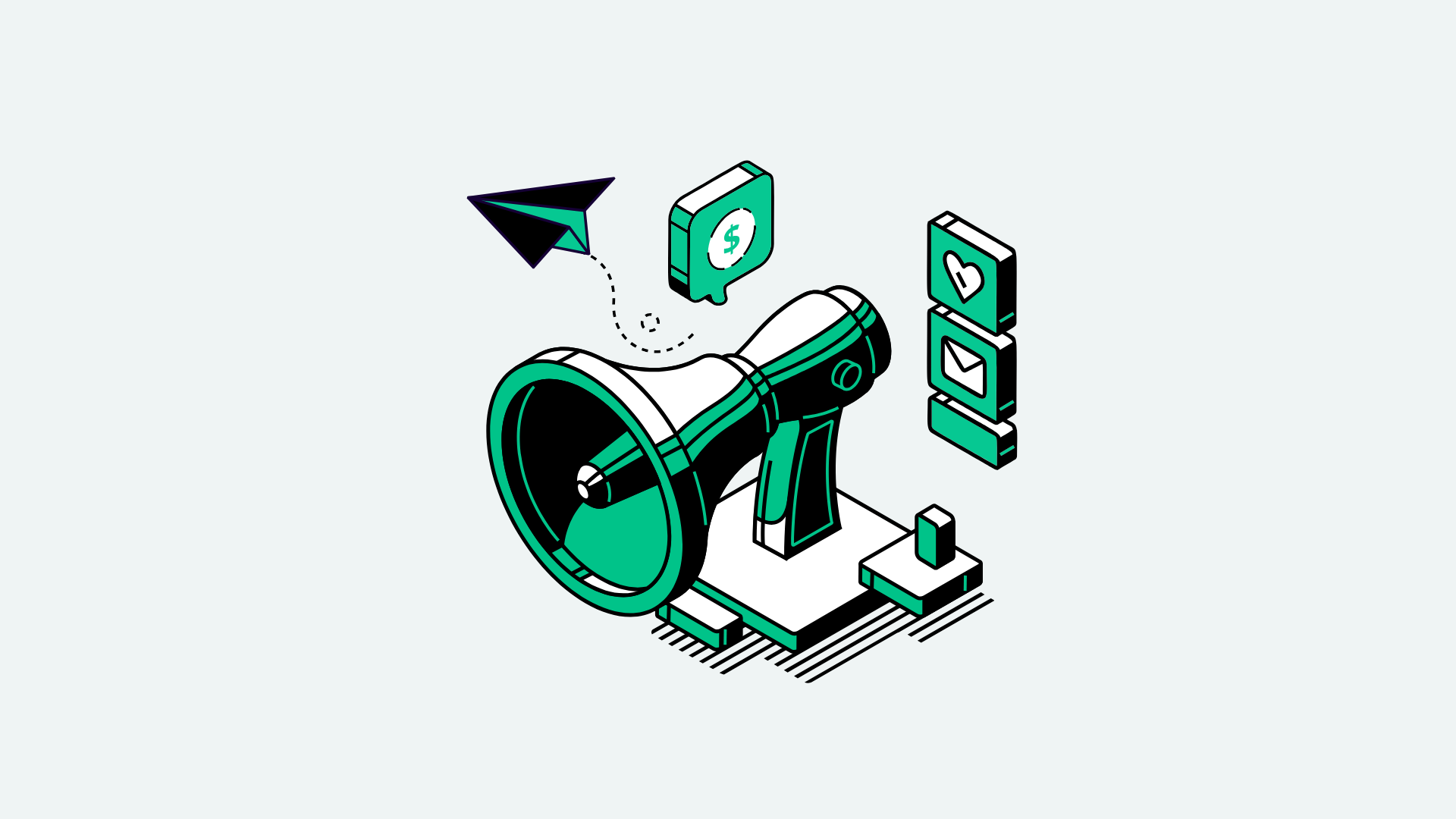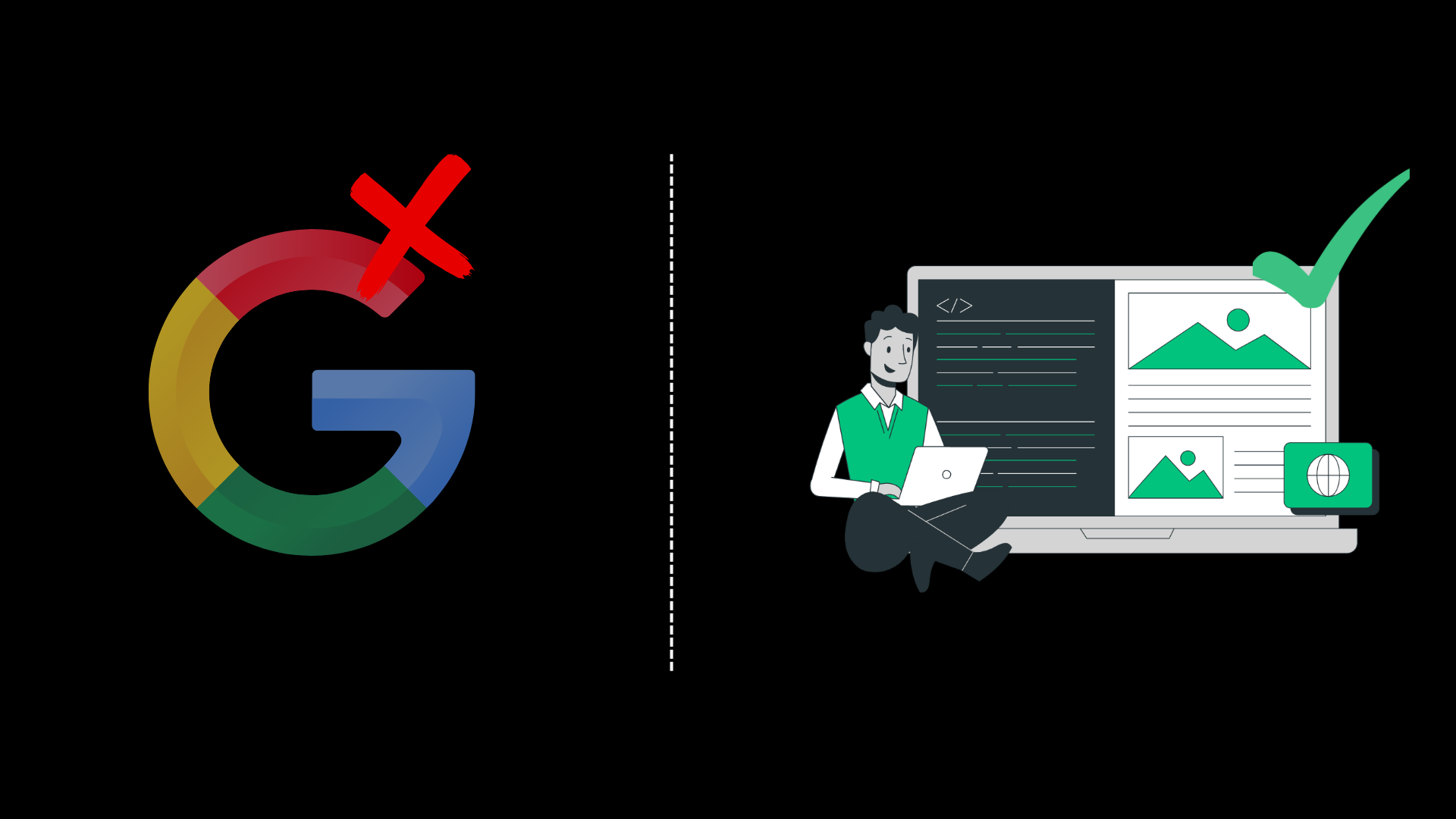At Freestar, the quality of our publishers is top priority. We have a team of experts dedicated to the supply of our ad inventory, and the reason is revenue. Without the hyper-focus on quality, we wouldn’t see the average CPMs and RPMs across our monetized pages.
But regardless, there are still publishers we work with who struggle on quality. And in most cases, it isn’t the issue of intentional spam, stolen content or malicious traffic schemes, but much more common is just being unaware of what is required by Google and expected from users in 2023.
When our audience strategy team assess the quality of a site, we use several tools for efficiency but it’s also a manual check. The basis of what we’re looking for is an exceptional experience that will be helpful to users, comply with Google guidelines and ultimately where the world’s top brands want to appear.
Tips to Improve Website Quality
1. Websites should have a clear purpose.
The homepage may not be your number one focus from a traffic perspective, but for Google (and advertisers!) it’s the most important page. Someone should be able to land on the site, and easily distinguish what the expertise or niche is. For a business, the website is considered a marketing vehicle. It’s the place to showcase your content, products, key humans, game, tools, whatever it is that makes up the brand.
Be direct, and use copy, images and video to clearly convey to the user what it is they can accomplish from your business.
2. Navigation paths are crucial for a quality experience.
Website navigation refers to how the user can move from one page to the next. The top navigation (or main navigation) sends heavy signals to Google on what topics and subtopics are relevant for the site. The ease of navigation would be something in the UX bucket of optimization efforts. Together, they impact website quality.
When a site has no navigation, not only is it a red flag in the Freestar quality check phase but it’s also against Google guidelines and won’t be approved for MCM or Google demand sources.
Category “hub” pages, tag pages that aggregate articles by topic and internal linking are 3 other ways that navigation contributes to quality. Navigation strategy is a key element to ad revenue, as well. If you can get each user to view just one more page during the same session, that adds up to meaningful incremental revenue.
3. Less is often more when it comes to site design.
A poorly designed site can be indicative of low quality. When a user lands on a page covered in ads, links, video players, images, the kitchen sink, it can be distracting. Having a clean layout and a white background typically has lower bounce rates than cluttered on a dark background.
As an organization, sometimes it’s hard to keep quality at the forefront while also compliance with business objectives and revenue targets. It’s smart to decide as a group the maximum number of “things” can compete on page for the user’s attention. For example, if the business says we should invest in growing newsletter, what does that mean for the site? For one, it means a newsletter subscription box needs to be added. Balance what efforts are incoming with those not working, and keep site distractions to only those necessary.
4. If you want to maximize ad revenue, create a brand safe environment.
Department goals and KPIs for editorial teams can mistakenly be siloed from the overall business goals. Left in that silo, it would make sense for editorial to have pageviews and sessions as monthly goals. Makes sense, the better the content performs, the more traffic they get.
But sometimes, the strategies that editorial is using to get more traffic, are actually hurting the overall revenue. Clickbait headlines, speculative topics and littering the page with swearing might give you the traffic lift, but CPMs and RPMs will always be lower on those type tactics.
Creating a clean, brand safe environment is a great way to gain quality ad creatives and the highest RPMs. The opposite will likely even get you flagged for violating Google’s publisher guidelines. Did you know publishing content covering certain topics is against their guidelines? Several examples include:
- anything illegal
- advocating suicide or physical harm to others
- sexual explicit topics
- animal cruelty
It’s a myth however, that house ads or blanks will appear in units on those pages. Much more likely is a low quality advertisers will fill the spot for pennies. But if the issues are persistent enough, and enough of the content breaks these guidelines, Google will no longer work with you on monetization.
5. There is no time for publishing false information.
Exaggerated headlines should also be out of the question in today’s quality standards. There is a way for a headline to be interesting, and pique interest without going overboard. Content should have an author, claims should be cited, facts should be checked. Content furthering conspiracy theories, claiming miracle cures or quick ways to financial freedom doesn’t pass the quality sniff test.
6. A properly formatted article increases engagement time.
Quality websites have invested in user experience. Articles have unique headlines, there’s a date and an author at the top. There are images to go along with the text, maybe a custom video.
Did you know the average font size across publishers on mobile devices is 16-18px? That’s because it’s easier to read, which encourages users to keep scrolling. Organizing the article information with heading tags to break out sub-sections helps users get to the exact place in the article they’re looking for.
Two other popular formatting tips that assist UX are summary bullets at the top of post and the use of a table of contents functionality that lists our sections, with links that drop the user right to that location.
7. When human hands don’t touch the site, it shows.
One commonality between the lowest of the low when it comes to quality, is no evidence of human touch. High quality sites composed of serious brands typically want to be accessible and available to users more, not less! Things like no social media presence, no about page, no contact page, no list of editors or company stakeholders.
One particular content strategy for arbitrage publishers is ingesting content from feeds to populate the pages, eliminating further the need for anyone managing the content. This type content likely has no date, no claimed author, no internal links, no custom formatting or heading tags.
8. A distribution path should be obvious.
Number eight ties slightly to number 7, the two go hand in hand. It takes humans to run a high quality media operation. When content, or products or videos or whatever it is you create is published, it needs a path into the world. If there isn’t one, how will people discover it?
When we look at sites for quality, one of the more manual aspects of spot checking involves looking for signs of distribution vehicles. Is there a newsletter subscription box, are there social handles, are there signs of consideration for an organic search audience? These paths to audience are essential for monetization.
9. Audience before revenue, repeat repeat repeat.
Nothing exudes low quality like a site oversaturated in ads. Pop ups, multiple video players, stacked outbrain units, when the amount of sponsored content out numbers natural, too many ad units above the fold, all these things lower the quality of your website.
10. Original content will remain on top.
Of course we see the benefits of AI as an emerged technology trend, but we’re sticking to our story — original, unique content will win in the end. Use AI tools for efficiency and to better understand what will make your content more helpful to users, but please don’t let generative AI write the full article for you.
If your CPMs are lower than you expect, it could be a website quality experience. Make sure the site aligns with the above quality considerations, and focus on fixing if you aren’t hitting the mark.





